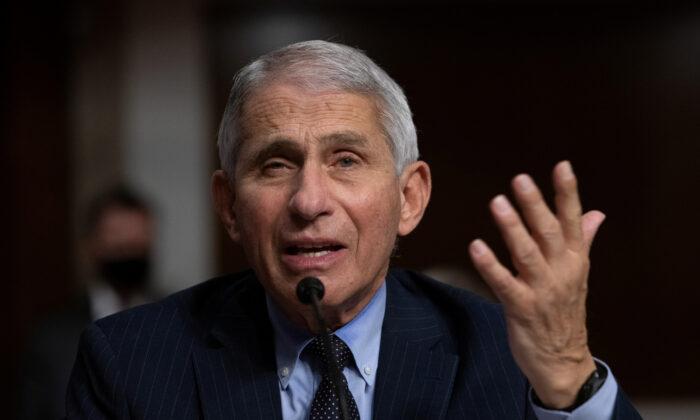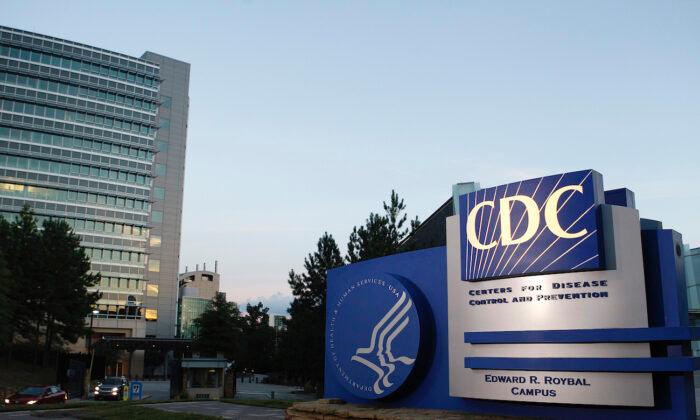For those coming out of quarantine amidst the pandemic, it is important for parents, school staff, or other individuals to be able to look for these symptoms, especially since students will be returning to school.
Mania or a manic episode is characterized as an “up” mood, one that can cause an individual to feel happy, energetic, irritable, or any mood that can be associated with a high activity level.
Depression, or a depressive episode, is characterized by sad, indifferent, and hopeless, or other moods that are commonly associated with a low activity level, or a “down” activity level.
NIMH explained in the brochure that bipolar disorder is not at all like the usual ups and downs in behavior that someone may go through—these mood swings will likely not disrupt an individual’s everyday life. However, with bipolar disorder, the moods can severely disrupt an individual’s everyday life, according to Dr. Igor Galynker, the director of The Family Center for Bipolar Disorder at the Beth Israel Medical Center.
The NIMH has made a list of symptoms to look for, especially in youth, and has separated symptoms into two different types.
- Showing intense happiness or silliness for a long time
- Having a very short temper or seeming extremely irritable
- Talking very fast or having racing thoughts
- Having an inflated sense of ability, knowledge, and power
- Doing reckless things that show poor judgment
- Feeling very sad or hopeless
- Feeling lonely or isolating themselves from others
- Eating too much or too little
- Having little energy and no interest in usual activities
- Sleeping too much
NIMH listed Bipolar I Disorder as “defined by manic episodes that last at least 7 days, or by manic symptoms that are so severe that the person needs immediate hospital care.”
The second type is Bipolar II Disorder, and this is characterized by a pattern of both episodes of “ups” and “downs,” but not to the extreme of Bipolar I Disorder as indicated above.
The third type of bipolar disorder is the Cyclothymic Disorder or Cyclothymia, and it is defined as episodes of both “ups” and “downs” that will last for at least two years for adults, and at least one year for children or adolescents.
NIMH also stated that although bipolar disorder is defined into these three types, there are instances of individuals who might be exhibiting symptoms of bipolar disorder that aren’t described in the three types above, and they would be defined under “other specified and unspecified bipolar and related disorders.”
NIMH warns that people with bipolar disorder may have thoughts about hurting themselves either through self-harm or suicide. It is important for these individuals to seek help immediately. Individuals are encouraged to contact National Suicide Prevention Lifeline should they know someone who may be thinking about hurting themselves.






